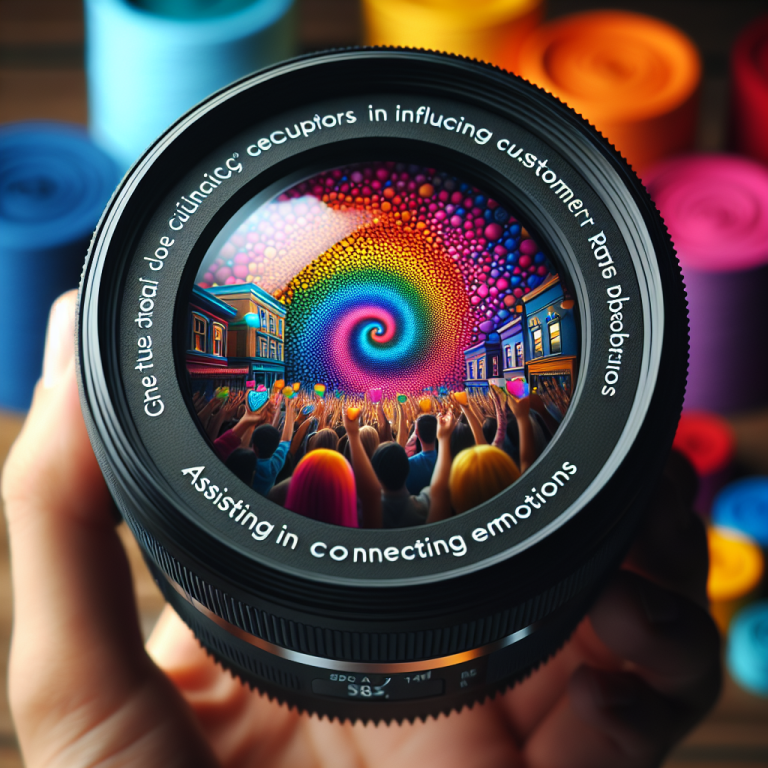Brand colors are not merely an aesthetic choice; they play a decisive role in forming customer perceptions of the brand. In today’s highly competitive market, understanding the impact of color on consumer psychology and behavior will help brands optimize their marketing strategies.
Brand Colors and Customer Psychology
Studies have shown that colors can stimulate emotions and responses in consumers. For example, red conveys dynamism and enthusiasm, while blue evokes feelings of trust and peace. Therefore, choosing the right colors can help brands communicate more effectively with customers. The combination of colors not only creates a highlight but also helps customers easily remember the brand.
Decoding Color Psychology: What Do Brand Colors ‘Say’ to Customers?
Each color carries its own meaning, and understanding color psychology will help marketers build more effective brand messages. For instance, yellow often signifies freshness and cheerfulness, while black represents luxury and power. Brands need to thoroughly research the meaning of each color based on the target audience they are aiming for.
The Effect of Color on Consumer Emotions and Behavior
Research has demonstrated how colors can affect consumers’ emotions. Bright colors can make customers feel happier and more likely to make purchases. In fact, one study showed that 85% of consumers stated that color is a primary factor influencing their purchasing decisions. This indicates that the choice of brand colors can play a significant role in enhancing customer experience.
The Impact of Brand Colors on Customer Perception
Brand perception is influenced not only by factors such as product value and promotional imagery but also significantly by colors. Strong and consistent colors can help brands build clear identities, thus creating a lasting impression in customers’ minds.
Building a Strong Brand Identity Through Color
Using consistent colors across all elements such as logos, product packaging, and advertisements will help customers easily recognize the brand. A strong identity is a crucial factor determining customer loyalty to the brand. Brands with memorable colors tend to attract customer attention quickly and effectively.
Brand Colors and Differentiation in Customers’ Eyes
In a highly competitive market, color can be a factor that helps brands stand out from their competitors. One study found that brands using distinctive colors can create 93% of customers’ first impressions. The differentiation in colors not only helps the brand to be easily recognizable but also reflects the personality and prestige of that brand.
Enhancing Customer Loyalty Through Brand Colors
Colors not only influence emotions but can also build a deep connection with customers. Brands that use colors that align with their message and values often garner customer loyalty. This loyalty can be enhanced when customers find positive emotions in the colors the brand represents.
Choosing the Right Brand Colors
The process of choosing brand colors should be based on various factors, including market research and understanding the target audience. This ensures that the colors are not just personal choices but are easily recognizable and connect with the target customers.
Market Research and Target Audience: The First Step to Choosing Brand Colors
To select appropriate brand colors, businesses first need to conduct market research to gain a better understanding of their customer base. This understanding will help them identify which colors will attract attention and create a positive impression in customers’ minds.
Factors to Consider When Choosing Brand Colors
- Brand values: Colors should accurately reflect the values that the brand wants to convey.
- Brand personality: Colors need to align with the personality that the brand represents.
- Message to convey: Colors can help emphasize the brand’s message and emotions.
- Industry relevance: Certain colors may work better for specific industries than others.
Avoiding Mistakes When Choosing Brand Colors: Key Considerations
Businesses need to avoid common mistakes when selecting brand colors, including choosing colors solely based on personal preference without considering the market and target audience. To ensure that brand colors do not cause confusion with other brands, companies should conduct thorough research before making decisions.
Real-World Examples and Case Studies
Famous brands often have distinctive colors that customers associate with them instantly when seen. Analyzing how these brands use colors can provide valuable lessons for other brands.
Lessons from Successful Brands: Analyzing the Brand Colors of [Names of Famous Brands]
The Coca-Cola brand, with its vibrant red color, not only reinforces a lively personality but also helps build a strong brand image in customers’ minds. Similarly, McDonald’s yellow easily creates a friendly and cheerful feeling, making customers comfortable using their services.
Research on Brand Colors: Evidence from Scientific Studies
Many studies have shown that colors have a powerful impact on psychology and purchasing behavior. For example, one study found that women tend to prefer blue more than men, while men feel more attracted to red. This information can help brands shape their colors to better suit the customers they want to serve.
Conclusion
Optimizing Brand Colors: Investing in Customer Perception and Sustainable Success is one of the essential factors in building a brand. Brand colors not only determine customer perception but can also shape the customer experience with that brand. Investing in choosing the right colors can help the brand establish a strong and sustainable position in the market.
Contact us today for tailored consultation!
Intage Vietnam: Your trusted partner for comprehensive and effective market research solutions.
📞 (+8428) 3820 5558
🌐 https://intage.com.vn/
🏢 45 Vo Thi Sau, Da Kao Ward, District 1, Ho Chi Minh City, Vietnam





